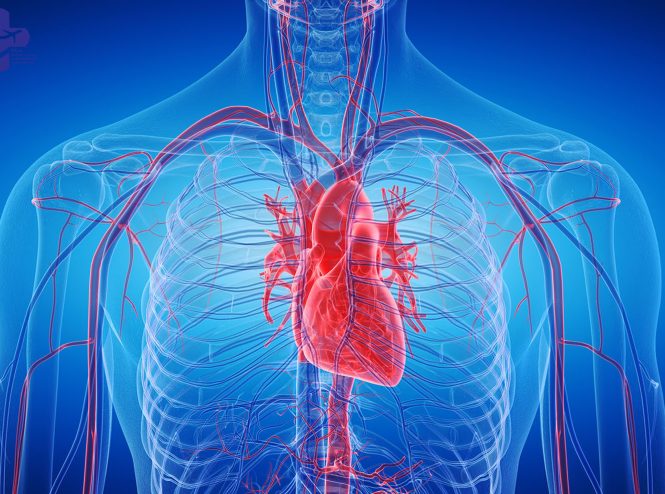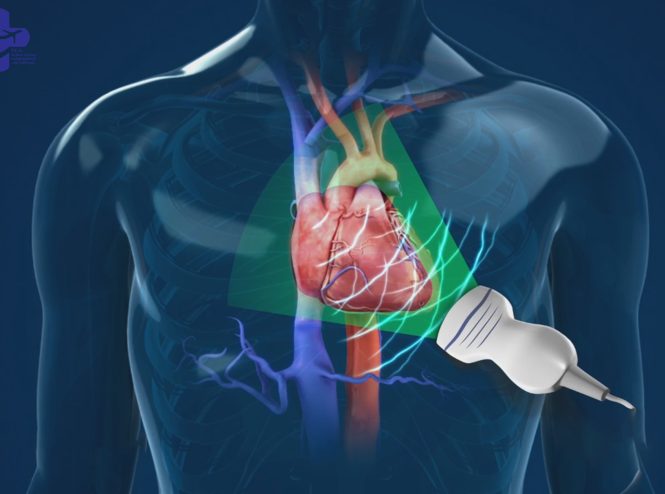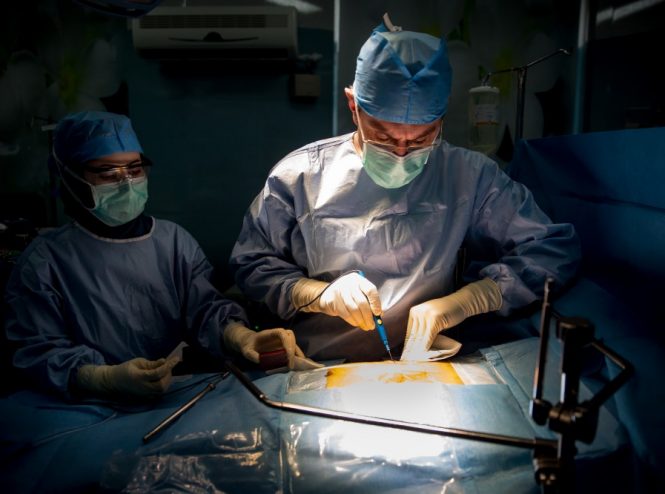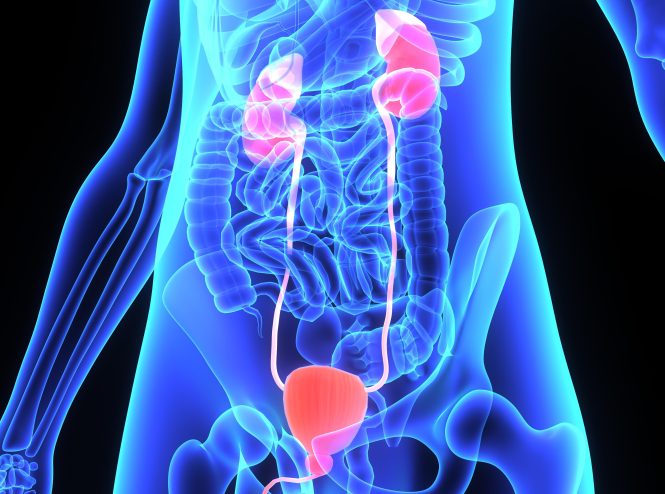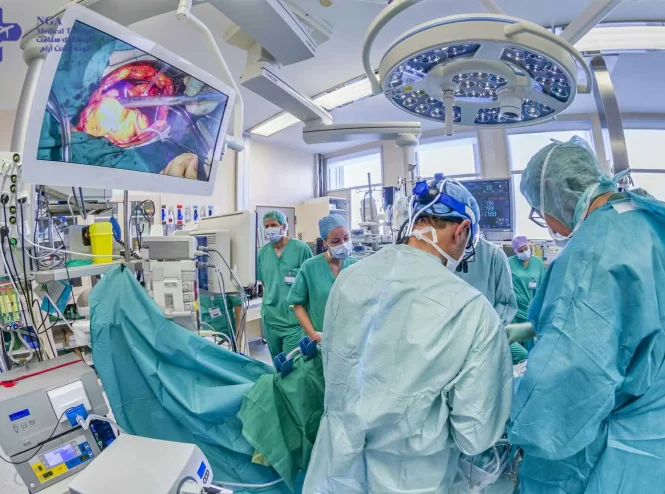All Departments
- Aortic valve stenosis (Aortic stenosis)
- arteriovenous malformations
- Avascular Necrosis
- Best cosmetic dentistry in Iran| Dental Treatment in Iran
- Breast Augmentation in Iran|Breast implant in iran
- Breast Reduction surgery
- Cancer in Iran: oncology in Iran
- Cardiology
- Cataract surgery in Iran
- Cochlear Implant Surgery in Iran
- Cosmetic Laser
- Cosmetic Surgery
- Ear cosmetic surgery
- Eye Care
- Eyelid surgery (Blepharoplasty)
- General Heart Surgery in Iran
- General surgery in Iran
- Glaucoma Treatment In Iran
- Hair Transplant
- Heart valve surgery
- lasik Eye Surgery
- Liposuction
- Non-Surgical Cosmetic procedures in iran
- Organ Transplantation in Iran
- Orthopedic
- Paget disease of bone
- Pediatrics
- Plastic surgery
- Psychiatry
- Radiology
- Rhinoplasty surgery in iran
- Shoulder Replacement Surgery
- SkinCare Treatment
- Spinal cord injury
- urolithiasis procedure in iran
- Urology
- Varicocelectomy
Opening Hours

Avascular Necrosis
Avascular necrosis (AVN), also known as osteonecrosis, is a condition that occurs when there is a loss of blood supply to a bone, leading to bone tissue death. This can result in pain, limited range of motion, and joint collapse, which can ultimately lead to arthritis.
Heart Transplant
In heart transplant surgery, the patient’s heart is replaced by a natural heart from a donor who died recently or may be...
Angioplasty
Coronary angioplasty is a treatment intended to fix narrowed or clogged arteries with the aim of enhancing blood ...
Echo
Echocardiography test is a procedure that uses ultrasound waves to take real-time images called echocardiogram …
Avascular Necrosis
Avascular necrosis is a condition caused by the loss of blood supply to a bone, leading to the death of bone tissue and eventual collapse. When avascular necrosis occurs near a joint, it can result in the collapse of the joint surface.
This condition can affect any bone in the body, but it typically occurs in the ends of long bones. It can impact a single bone, multiple bones simultaneously, or different bones at different times.
Risk Factors
Risk factors for avascular necrosis include:
- Injury
- Bone surgery
- Steroid use
- Alcohol use
- Blood disorders, such as sickle cell anemia
- Radiation treatments
- Chemotherapy
- Pancreatitis
- Diver’s disease or “the bends” (decompression sickness)
- Increased tendency for blood clots
- High cholesterol levels
- Autoimmune disease
- HIV infection

Treatment for avascular necrosis is personalized based on symptoms, age, general health, and the severity of the condition. The primary goal of treatment is to improve joint function and prevent further damage to the affected bone or joint. The following interventions may be used:
avascular necrosis of femoral head
Avascular necrosis of the femoral head, also known as osteonecrosis or aseptic necrosis, is a condition in which the bone tissue in the head of the femur (the ball-shaped bone in the hip joint) dies due to a lack of blood supply. This can lead to pain, reduced mobility, and the collapse of the affected bone.
The most common cause of avascular necrosis of the femoral head is a disruption of the blood supply to the bone. This can be caused by a number of factors, including injury to the hip joint, long-term use of certain medications (such as corticosteroids), excessive alcohol consumption, and certain medical conditions (such as sickle cell anemia).
Treatment options for avascular necrosis of the femoral head depend on the stage of the disease and the severity of symptoms. In the early stages, non-surgical treatments such as rest, pain relief medication, and physical therapy may be recommended. In advanced cases, surgical intervention may be necessary. Some of the surgical options include:
1. Core decompression: A procedure in which a small hole is drilled into the femoral head to relieve pressure and improve blood flow to the area.
2. Osteotomy: A procedure in which the femur is cut and repositioned to relieve pressure on the affected area.
3. Total hip replacement: In severe cases, a total hip replacement may be necessary to replace the damaged femoral head and restore function to the joint.
It is important to seek medical attention if you experience hip pain or stiffness, as early diagnosis and treatment can help prevent further damage to the bone and improve outcomes.
joints from breaking down. They may include:
Treatment options for avascular necrosis include:
Medications: These are used to control pain associated with avascular necrosis.
Assistive devices: Such devices help reduce weight and pressure on the affected bone or joint.
Core decompression: This surgical procedure involves removing the inner layer of bone to relieve pressure, improve blood flow, and slow down or halt bone and joint damage.
Osteotomy: This surgery reshapes the bone, reducing stress on the affected area.
Bone graft: Healthy bone from another part of the body is transplanted into the affected area to promote healing and bone regeneration.
Joint replacement: In cases where other treatments have failed to alleviate pain or disability, joint replacement surgery may be considered. This involves removing the damaged joint and replacing it with an artificial joint.
Additional treatments: Electrical stimulation and combination therapies may be used to promote bone growth and aid in the healing process.
What is avascular necrosis?
Avascular necrosis is a condition caused by the temporary or permanent interruption of blood flow to a bone, leading to bone tissue death and eventual collapse. When avascular necrosis occurs near a joint, it can result in the collapse of the joint surface.
This condition can affect any bone, but it most frequently occurs in the ends of long bones. It can involve a single bone, multiple bones simultaneously, or different bones at different times.
COST OF Avascular Necrosis IN IRAN
COST OF HIP REPLACEMENT IN IRAN
Hip arthroplasty in Iran is affordable, with costs ranging from $3,000 to $5,000, which includes the doctor’s visit, anesthesia, and surgery fee. In comparison, the average price for this procedure in countries like Turkey, Malaysia, England, and the USA is significantly higher, ranging from $6,000 to $30,000.
Medical tourists can benefit from substantial savings of 50 to 70 percent by choosing Iran as their destination for hip joint replacement. Even when factoring in additional expenses such as flights, visas, and local transportation, the cost difference between Iran and other countries remains significant.
COST OF Knee REPLACEMENT IN IRAN
The price of a total knee replacement in Iran is influenced by various factors, including the duration of hospital stay, the extent of physical therapy provided during the hospital stay, the length of the recovery period, the type of anesthesia used, and the surgeon’s fee. Your physical condition and the location of the procedure also contribute to the overall cost. It’s important to note that any additional medical issues you may have, even if unrelated to your knees, can impact the procedure and cost. At Mediranco, our doctors ensure thorough evaluation to prevent future complications.
In the United States, the average hospital fee for a total knee replacement is approximately $40,000, while in Canada, the average cost is around $12,000. Comparatively, in some neighboring countries like Turkey, the cost for the same procedure is less than $6,000. In Iran, the cost of a total knee replacement ranges from $2,800 to $3,800, providing an affordable option for patients seeking this treatment.

Shoulder replacement surgery in Iran is not only known for its high quality but also for its affordability. The cost of shoulder arthroplasty in Iran ranges from approximately $3,500 to $5,000. In comparison, the same procedure in the United Kingdom is priced at around £9,495, while in the United States, the cost ranges from $7,000 to $21,000. In India, the cost varies between $6,500 and $15,000. The significant cost difference makes Iran a favorable destination for medical tourists seeking shoulder replacement surgery.
avascular necrosis hip
Avascular necrosis (AVN) of the hip is a condition in which the bone tissue in the head of the femur (the ball-shaped bone in the hip joint) dies due to a lack of blood supply. This can lead to pain, reduced mobility, and the collapse of the affected bone.
The most common cause of AVN of the hip is a disruption of the blood supply to the bone. This can be caused by a number of factors, including injury to the hip joint, long-term use of certain medications (such as corticosteroids), excessive alcohol consumption, and certain medical conditions (such as sickle cell anemia).
Treatment options for AVN of the hip depend on the stage of the disease and the severity of symptoms. In the early stages, non-surgical treatments such as rest, pain relief medication, and physical therapy may be recommended. In advanced cases, surgical intervention may be necessary. Some of the surgical options include:
1. Core decompression: A procedure in which a small hole is drilled into the femoral head to relieve pressure and improve blood flow to the area.
2. Osteotomy: A procedure in which the femur is cut and repositioned to relieve pressure on the affected area.
3. Total hip replacement: In severe cases, a total hip replacement may be necessary to replace the damaged femoral head and restore function to the joint.
It is important to seek medical attention if you experience hip pain or stiffness, as early diagnosis and treatment can help prevent further damage to the bone and improve outcomes.
What are the symptoms of avascular necrosis?
The most common symptoms of avascular necrosis may include:
- Minimal early joint pain
- Increased joint pain as the bone and joint begin to collapse
- Limited range of motion due to pain
It’s important to note that symptoms can vary from person to person. They may resemble other medical conditions or bone problems. If you’re experiencing these symptoms, it’s recommended to consult with your healthcare provider for an accurate diagnosis.
How is avascular necrosis diagnosed?
To diagnose avascular necrosis, the following tests may be conducted alongside a comprehensive medical history and physical examination:
- X-ray: This imaging test uses electromagnetic energy beams to create images of internal tissues, bones, and organs on film.
- Computed tomography scan (CT or CAT scan): This imaging test combines X-rays and computer technology to produce detailed images of the body, including bones, muscles, fat, and organs. CT scans offer more detailed information compared to general X-rays.
- Magnetic resonance imaging (MRI): This test employs powerful magnets, radiofrequencies, and a computer to generate detailed images of organs and structures within the body.
- Radionuclide bone scan: This nuclear imaging technique involves injecting a small amount of radioactive material into the bloodstream, which is then detected by a scanner. This scan helps visualize blood flow to the bone and assess cell activity within the bone.
- Biopsy: A biopsy may be performed to extract tissue samples from the affected bone for microscopic examination. This procedure can help identify abnormal cells or diagnose other conditions such as cancer.
- Functional evaluation of bone: These tests often require surgery and are used to measure the pressure inside the bone, providing further insight into its function.
These diagnostic tests are utilized to evaluate and confirm the presence of avascular necrosis and to determine the extent and severity of the condition.
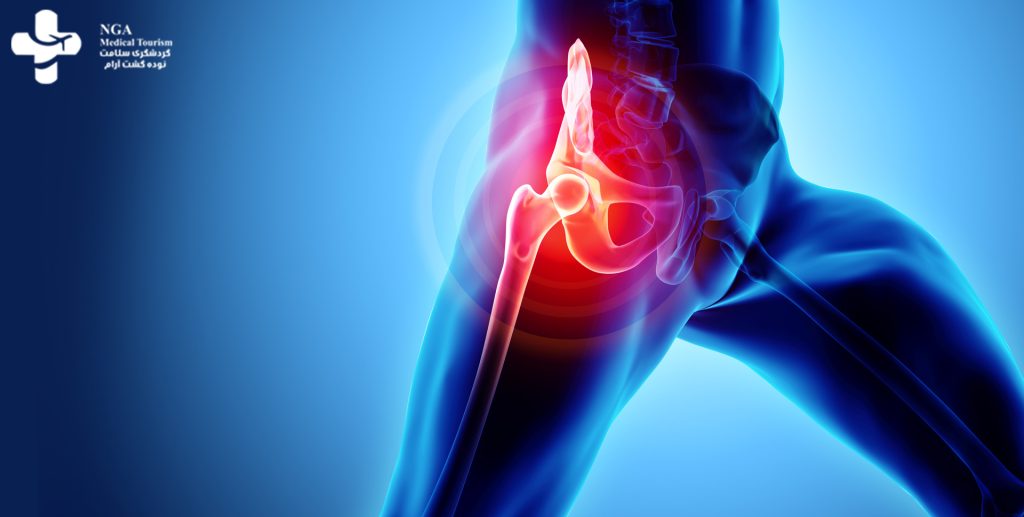
FAQ
Untreated, avascular necrosis worsens. Eventually, the bone can collapse. Avascular necrosis also causes bone to lose its smooth shape, possibly leading to severe arthritis.
Treatment can slow the progress of avascular necrosis, but there is no cure. Most people who have avascular necrosis eventually have surgery, including joint replacement. People who have avascular necrosis can also develop severe osteoarthritis.
There is no cure for avascular necrosis, but if it’s diagnosed early using X-rays or MRI, nonsurgical treatments such as activity modification, anti-inflammatory medications, injections, and physical therapy may slow its progression. Because avascular necrosis is a progressive condition, it often requires surgery.
In osteonecrosis, blood flow to part of a bone is disrupted. This results in death of bone tissue, and the bone can eventually break down and the joint will collapse. Osteonecrosis is also called: Avascular necrosis.
Exercise or physical activity that doesn’t involve putting weight through the hip joint is recommended, particularly for those that are in more advanced stages of AVN.
Normally, this is the end of the AVN in that particular joint, and given the relatively high safety and efficacy of hip replacements, those suffering from AVN of the hip(s) can go on to lead a relatively normal life.
The infection often spreads very quickly. Early symptoms of necrotizing fasciitis can include: A red, warm, or swollen area of skin that spreads quickly. Severe pain, including pain beyond the area of the skin that is red, warm, or swollen.
This 4-stage system delineates the natural history of AVN from normal radiographs (stage I) to cystic changes and sclerosis (stage II), to subchondral collapse or femoral head flattening (stage III), and finally to joint space narrowing (stage IV)
Long term alcohol intake is a common cause of avascular necrosis of the head of the femur. Chronic steroid intake and alcohol account for more than 60% of non-traumatic causes of avascular necrosis in the United States. Avascular necrosis commonly affects the head of the femur due to its limited blood supply.
Femoral head avascular necrosis is the cause of paralyzing status of youth population. Initial diagnosis is the main element in treating the disease. Bone grafting and core decompression are the approved cures at the early steps of the disease. Hip replacement in a total manner is the common cure in the final stages.
Avascular necrosis may qualify for long-term disability (LTD) benefits. Osteonecrosis occurs when poor blood supply to an area causes bone death. This lack of blood can cause bone tissue to die and may also result in the collapse of the bone.
Liver transplant
A liver transplant is a surgery that removes a liver that no longer functions properly (liver failure) and replaces it with a healthy ...
Kidney transplant
A kidney transplant is a surgery to place a healthy kidney from a living or deceased donor into a person whose kidneys no longer function ...
Ischemic Heart Disease
Ischemic means that an organ (e.g., the heart) is not getting enough blood and oxygen. Ischemic heart disease, also...
Heart Bypass Surgery
Heart bypass surgery has been a life-saving treatment for more than 60 years.It is the most frequently performed openheart..
Heart Transplant
In heart transplant surgery, the patient’s heart is replaced by a natural heart from a donor who died recently or may be...
Angioplasty
Coronary angioplasty is a treatment intended to fix narrowed or clogged arteries with the aim of enhancing blood ...
Echo
Echocardiography test is a procedure that uses ultrasound waves to take real-time images called echocardiogram …


